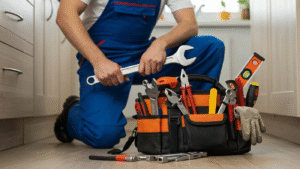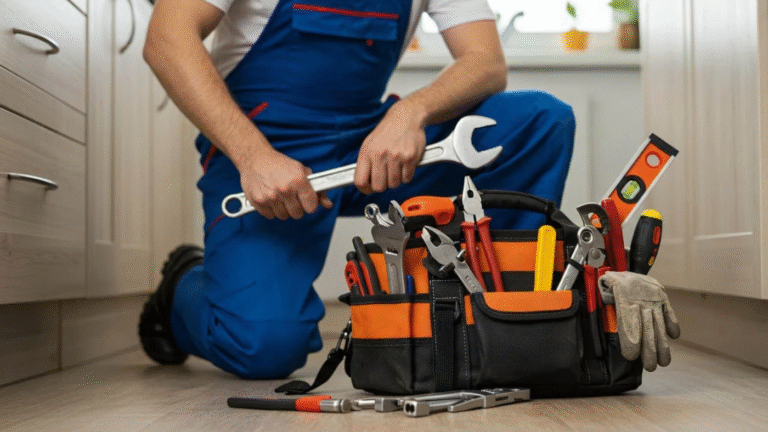High-pressure fittings and valves are indispensable components in numerous industrial and engineering settings, playing a critical role in managing the flow and pressure of various fluids and gases in pipelines and systems. These components are designed to withstand extreme pressure conditions without compromise, ensuring safety, efficiency, and reliability in operations such as oil and gas extraction, chemical processing, and power generation. This article explores the types, materials, applications, and considerations involved in selecting high-pressure fittings and valves.
Understanding High-Pressure Fittings and Valves
High pressure fittings and valves are engineered to control, direct, and manage the flow of substances under high-pressure conditions. These fittings connect sections of pipes or tubing systems, adapting to different sizes or shapes and regulating the pressure within the conduits. Valves perform the critical function of controlling the passage of fluids or gases, enabling operators to start, stop, or modulate the flow as necessary.
Types of High-Pressure Fittings and Valves
- Tube Fittings: These are used to connect sections of tubing or hose and include compression fittings, cone and thread fittings, and flare fittings. Each type offers unique benefits, such as ease of installation or extra strength and leak resistance.
- Pipe Fittings: Typically more robust and durable, pipe fittings are designed to connect larger sections of pipes. These can include elbows, tees, crosses, and couplings, which are available in various shapes to facilitate the direction of flow or to extend or terminate pipe runs.
- Valves: There are several types of valves suited to high-pressure applications:
- Ball Valves: Known for providing excellent shut-off capabilities, these valves use a ball-shaped disk to start and stop flow.
- Gate Valves: Ideal for on/off control, gate valves offer minimal pressure drop and robust performance in high-pressure environments.
- Needle Valves: These are used for precise flow control, as they can accurately regulate the flow of fluid at low flow rates.
- Check Valves: Essential for preventing backflow in a system, these valves allow fluids to flow in one direction only.
Materials Used in High-Pressure Fittings and Valves
The choice of material for high-pressure fittings and valves is crucial and depends on the application’s specific needs, including the type of fluid, temperature, pressure levels, and environmental conditions. Common materials include:
- Stainless Steel: Highly resistant to corrosion and able to withstand high temperatures, stainless steel is the most commonly used material for high-pressure applications.
- Carbon Steel: Known for its durability and strength, carbon steel is used in applications where resistance to heat is less critical.
- Brass: Brass fittings are typically used where corrosion resistance is needed without the demands of extremely high-pressure or temperature conditions.
- Alloy Steel: For extremely high-pressure environments, alloy steel fittings and valves provide extra strength and durability.
Applications of High-Pressure Fittings and Valves
High-pressure fittings and valves are used in a wide range of industries, including:
- Oil and Gas: These fittings are used in drilling, extraction, and transportation processes where high pressures are common.
- Chemical Manufacturing: High-pressure valves are essential for controlling the flow of various chemicals in reactors and pipelines.
- Power Generation: In power plants, high-pressure valves control the flow of steam and water in turbines and boilers.
- Water Treatment and Distribution: High-pressure fittings are used to ensure the safe transport and distribution of water under pressure.
Choosing the Right High-Pressure Fittings and Valves
Selecting the right fittings and valves is crucial for maintaining system integrity and efficiency. Here are some considerations:
- Pressure Ratings: Ensure the fittings and valves can handle the maximum expected pressure in the system.
- Compatibility: Check that the materials are compatible with the type of fluid or gas in your system to avoid corrosion and wear.
- Size and Fit: Accurate sizing is vital to prevent leaks and maintain pressure control.
- Standards and Certifications: Look for products that meet relevant industry standards and certifications to ensure quality and safety.
Maintenance and Safety
Regular maintenance of high-pressure fittings and valves is essential to prevent failures and accidents. Inspections should include checking for leaks, damage, and wear, as well as functional tests of valves and actuators. Proper installation and regular maintenance not only extend the life of these components but also ensure the safety of the operation.
High-pressure fittings and valves are vital components in managing fluid and gas flows in numerous industrial applications. Understanding the different types, materials, and applications helps in choosing the right components to meet specific operational demands. By selecting appropriate fittings and valves and adhering to maintenance protocols, industries can achieve safe and efficient operations, even under high-pressure conditions.










